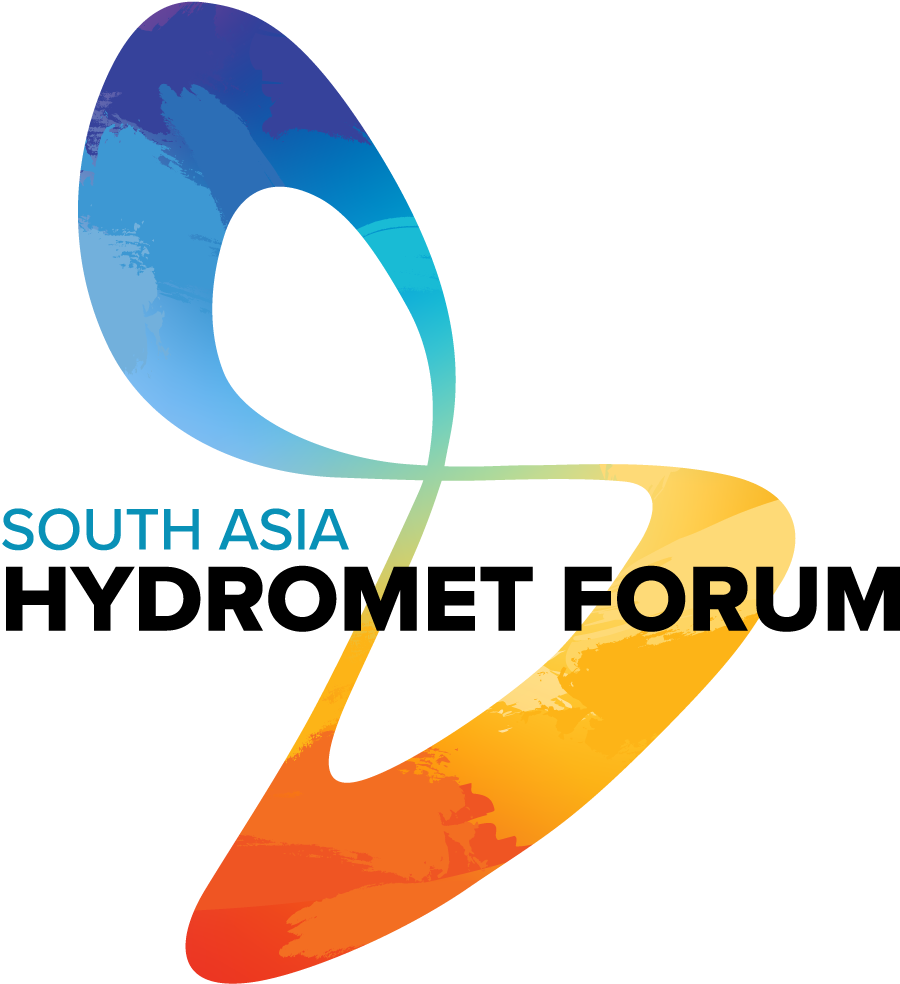SAHF History and Milestones
History
South Asia region is among the most climate-vulnerable areas in the world, with frequent floods, cyclones, heatwaves, and droughts affecting millions of people each year. Recognizing the urgent need for a regional approach to hydrometeorological (hydromet) and early warning services, the World Bank and the World Meteorological Organization (WMO) spearheaded the establishment of SAHF in 2018.
Milestones
2018 | Inaugural Forum (Geneva): The first SAHF was co-organized by the World Bank and WMO with support from GFDRR and the European Union. It gathered the heads of South Asia’s NMHSs and key partners to agree on the vision for regional collaboration in forecasting, climate services, and disaster resilience.
2019 | SAHF II (Kathmandu): Member countries endorsed a regional strategy for operational cooperation. The Regional Integrated Multi-Hazard Early Warning System for Africa and Asia (RIMES) was appointed as SAHF’s technical secretariat.
2021 | Establishment of the Executive Council (EC): Directors/Directors General of NMHSs from all nine member countries formed the EC to guide SAHF’s priorities. Specialized Working Groups were launched to focus on Observation Networks, Numerical Weather Prediction, Hydrology, Impact-Based Forecasting, and Capacity Development.
2022 | Expanding Services: SAHF launched its Knowledge Hub—an interactive online platform for data sharing, training, and collaboration—and initiated the Forecasters’ Forum, a weekly exchange where regional forecasters coordinate on extreme weather events.
2024 | Hydrology Working Group: Recognizing the importance of river basin management, flood forecasting, and drought monitoring in South Asia, a dedicated Hydrology Working Group was added to SAHF’s priority areas.
2025 | Climate Services Working Group: To strengthen user engagement and support decision-making in agriculture, health, energy, and water sectors, the Climate Services Working Group was formally established.
Today, SAHF continues to grow as the region’s premier platform for hydromet cooperation, aligning South Asia with global standards while building resilience against climate and disaster risks.



